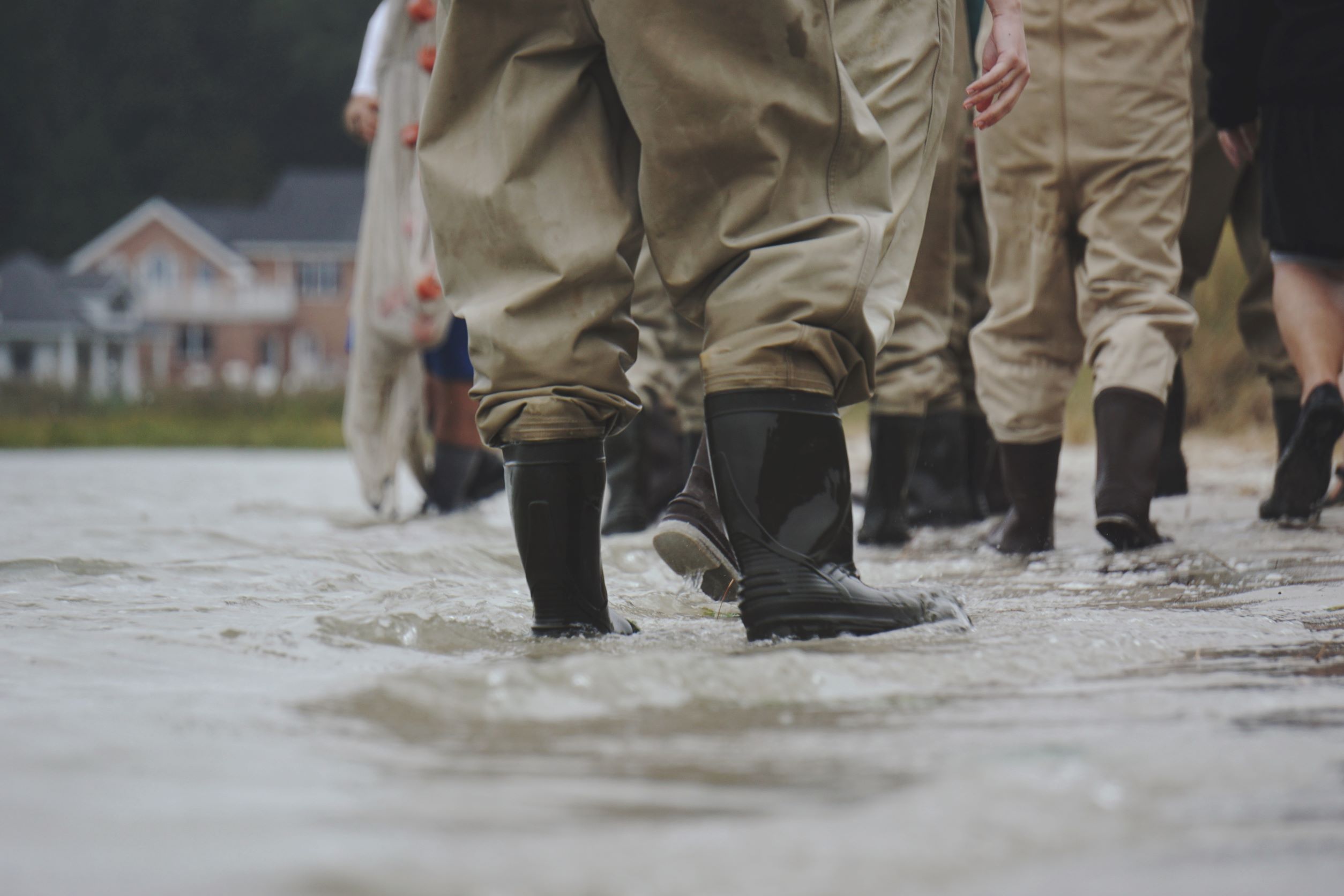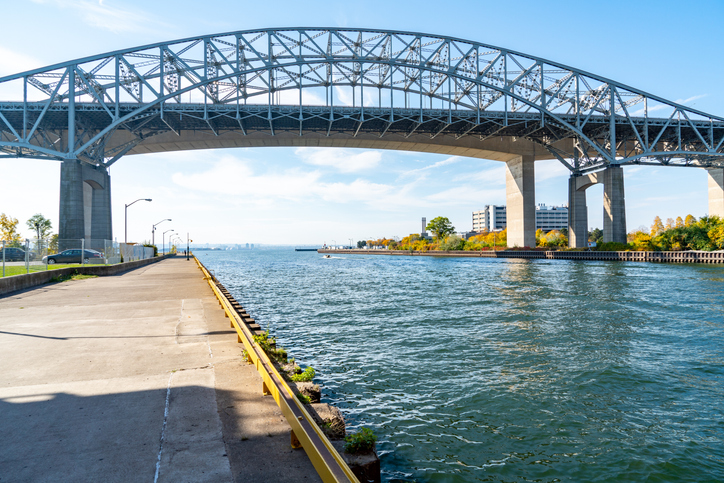New Brunswickers can now access comprehensive and interactive flood hazard mapping to help inform them of flood-prone areas and the effect of climate change on water levels in the province.
“We experience both coastal and inland flooding in our province,” said Environment and Climate Change Minister Gary Crossman. “These maps are an asset to the public, local governments, land planners and developers to help make decisions to reduce flood-related risks to people and property.”
The flood hazard mapping uses the latest information and modeling technology to identify areas at risk and incorporates the effects of climate change. In New Brunswick, flooding is a potential year-round problem as it can be caused by one or a combination of heavy rain, ice jams, snow melt and coastal storm surges.
“With climate change, we will see more storm surges and more inland flooding,” said Crossman. “We have completed climate change adaptation plans for 48 communities and expect another eight to be completed by March.”
Crossman said this includes all cities and high-risk coastal municipalities and most communities in the lower Saint John River system.
The mapping will assist in decisions about land-planning, flood-proofing existing infrastructure and planning evacuation routes in the event of a flood.
“This is an excellent step toward a data-centred approach to climate change adaptation measures for New Brunswick,” said Amanda Dean, Atlantic vice-president for the Insurance Bureau of Canada. “Making high-quality maps available to homeowners, insurers and governments will help to ensure that everyone has a clearer understanding of risk and will help inform decision-making and risk planning well into the future. The property and casualty insurance industry applauds the government for taking this important initiative.”









